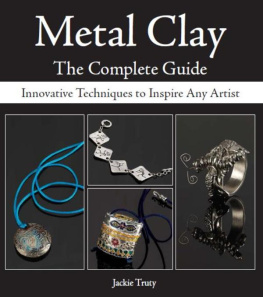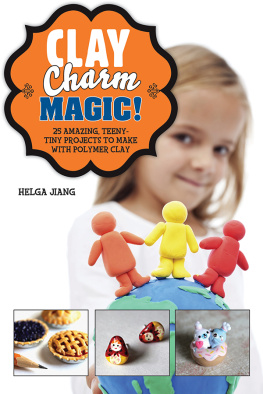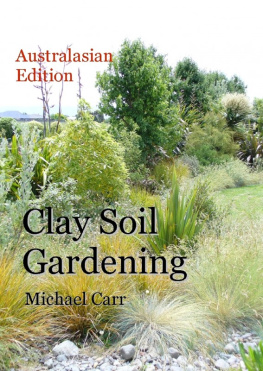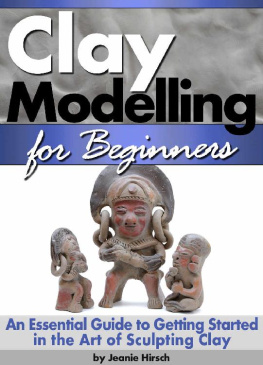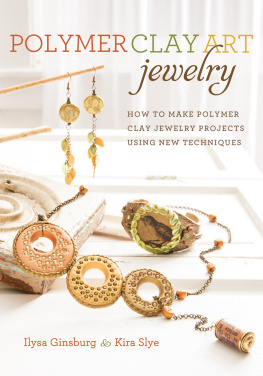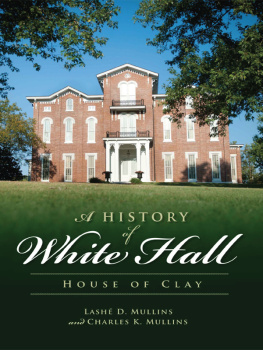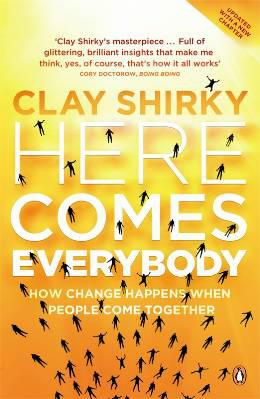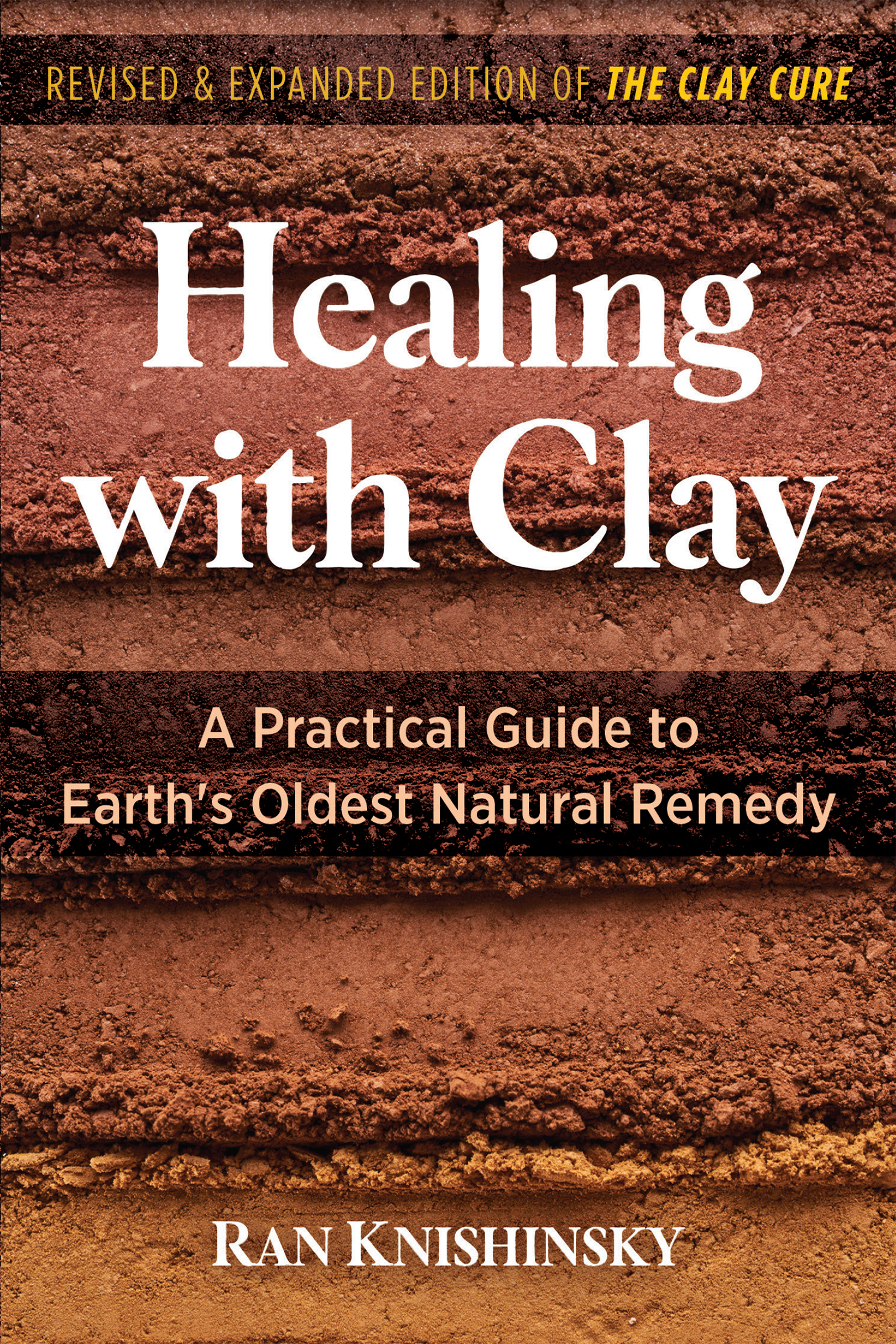
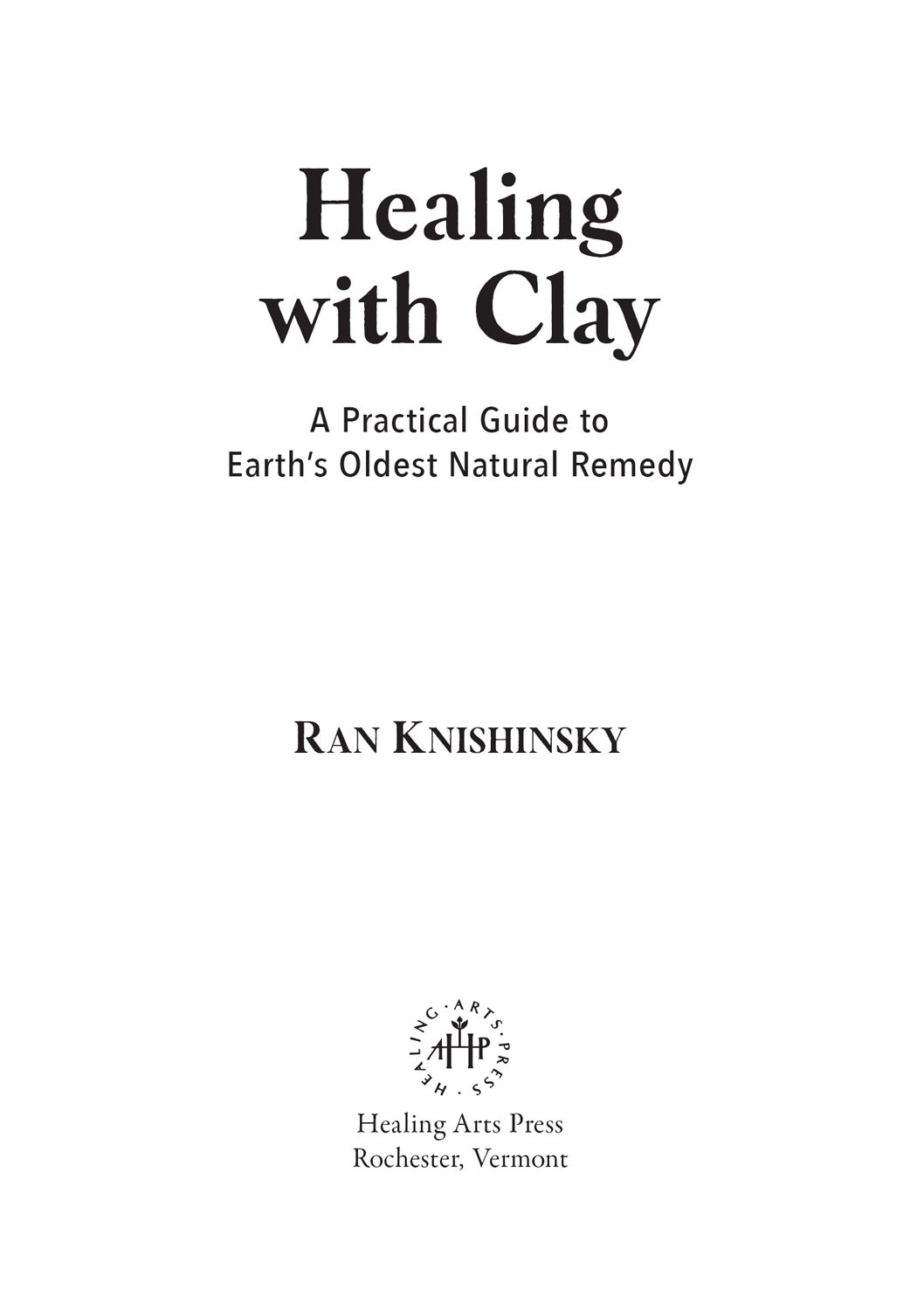
There is enough for all. The earth is a generous mother; she will provide in plentiful abundance food for all her children if they will but cultivate her soil in justice and in peace.
WILLIAM BOURKE COCKRAN
Contents


Acknowledgments
T o Gil Gilly, who introduced me to my first heaping tablespoon of clay. I am forever thankful for the introduction to dirt as medicine.
To Julie Ellefson, who first gave me the idea to write a book on eating clay.
To Phil Stoller, who loved living life and eating clay, Ten tablespoons a day!
To the scientists, researchers, physicians, and authors who have contributed to the burgeoning field of research on edible clay.
And deep gratitude to my wife, Alma, and my children, Danit and Yael, for their patience and support while I wrote the second edition of this book; and for their enthusiasm toward sampling all of the clay that Daddy brings home!
Preface to the New Edition
I t has been thirty years since my first spoonful of clay. To this day, I still really enjoy eating clay regularly. Ive got my family on it, all my friends, and even my pets enjoy eating dirt.
I was ecstatic when my publisher agreed to print a second, revised and expanded edition of The Clay Cure: Natural Healing from the Earth. I authored this new edition because we now live at a time where it is very important to protect and detoxify our bodies. There is so much new and compelling research on the health benefits of clay that I feel compelled to share. Science has ventured a long way over the past several decades to shine a spotlight on the healthful benefits of why clay is consumed all around the globe.
Be sure to check out my new website (DetoxDirt.com) and follow me on social media. Also try out my new product, Detox Dirt, an edible calcium montmorillonite clay.
To your health with a spoonful of clay!
RAN KNISHINSKY
SCOTTSDALE, ARIZONA

I Eat Clay
For dust you are, and to dust you will return.
GENESIS 3:19
I have been eating dirt almost every day for the past thirty years. On purpose. Its a part of my diet. I hardly skip a day without eating clay. I may skip my vitamins and I may go without eating my vegetables, but I never forget to take my clay. Sound funny? Probably, but Im not the only one. More than two hundred cultures worldwide eat dirt on a daily basis.
The dirt of choice for many is clay. In the southeastern United States, clay has commonly been consumed, especially the white clay in Georgia. In Peru, up in the Andean highlands, the locals dip their potatoes in a sauce made of clay, water, and salt. The practice dates to pre-Columbian times and is thought to be at least 2,500 years old. Throughout sub-Saharan Africa, clay is sold for its taste and therapeutic health benefits. On the streets of Kolkata, India, vendors pour tea into new-formed clay teacups called bhar. They claim that the clay cups give the tea a rich and earthy flavor, and they are preferred over plastic cups. In Europe, clay is retailed as an over-the-counter medicine for its gastrointestinal benefits and purification properties.
We have long heard of people eating clay, known as either geophagy (pronounced gee-off-uh-gee) or pica. Tabers Cyclopedic Medical Dictionary defines geophagy as a condition in which the patient eats inedible substances, such as chalk or earth. And it defines pica as a perversion of appetite with craving for substances not fit for food, such as clay, ashes, or plaster. Condition seen in pregnancy, chlorosis (iron deficiency). This craving may not be perverted at all but makes sense when you know what clay contains and what it does for the body. It has been credited with improving the health of many people suffering from a wide range of illnesses. Whether clay is considered a substance not suited for eating really depends on where you travel on the globe.
WHY I STARTED EATING CLAY
I was first introduced to clay eating after a strange growth popped up on the back of my wrist. At the time, I didnt give it much thought so I ignored the problem, thinking it would go away, but the opposite happenedthe lump grew larger in size. When it became a real interference, I had no choice but to get the bump checked out. My doctor diagnosed it as a ganglion cyst, a cystic tumor usually connected with a joint or tendon.
In the old days, he said, they called it a Bible cyst. Thats because they used to smash the growth with a Bible to get rid of it.
He held my hand to the desk and showed me how it was done. Now, however, we do surgery. The alternative isnt much better, but it gets the job done.
What do you recommend? I asked.
His eyes lit up and he smiled. Whichever one you like best.
Both answers to the problem sounded unappealing. I left the office and didnt bother to schedule another appointment.
When I arrived home, I took out my medical books and read fervently on ganglion cysts. I was hoping to discover some kind of reason why they occur. The doctor told me it was due to shock or trauma to the wrist, but somehow that answer didnt seem to fit right. The medical books made it clear that surgery was the only option available, other than waiting it out. And I had already waited six months without any definite progress. If I chose surgery, it would only treat the problem, not cure it. The cyst could always grow back, maybe bigger than before.
At my wits end, I ran to the local health food store and met with the store owner. He was a wise man who knew the world of naturopathic medicine well. After I had related my experience to him, he explained that the cyst was not the result of shock to the wrist but was due to the buildup of poisons that had crystallized in the joint area. He grabbed a jar full of earth from his shelf and handed it to me.
I recommend you eat clay, he said.
Dirt? I barked.
Not any kind of dirt, he laughed. A very special dirt.
You mean eat it, like put it in my mouth? I retorted.
Yes, he exclaimed.
I wasnt averse to the idea of eating clay. Kids do it all the time, stuffing a handful of dirt into their mouth before their wide-eyed mothers or fathers rush over to the sandbox where they are playing to aggressively flick the remaining dust particles from their hands and outlaw any return trips to the sandbox.
I also had heard of people who eat clay for medical purposes. Local and national publication outlets have always published an episodic article or post on the benefits of clay eating. Back in 2009, a New York Times headline, Babies Know: A Little Dirt Is Good for You, was placed over a picture of a bowl of dirt with a fork planted in it. The article went on to report physicians views that the millions of bacteria, viruses, and especially worms that enter the body along with dirt spur the development of a healthy immune system.
In 2012, Scientific American published a piece titled The Scoop on Eating Dirt with a picture of a small mound of dirt sitting on a white porcelain plate with a fork and knife positioned on either side of that plate with a glass of water. The article reported on the many varied benefits of the age-old practice of eating dirt and its well-documented use in humans.
Next page

